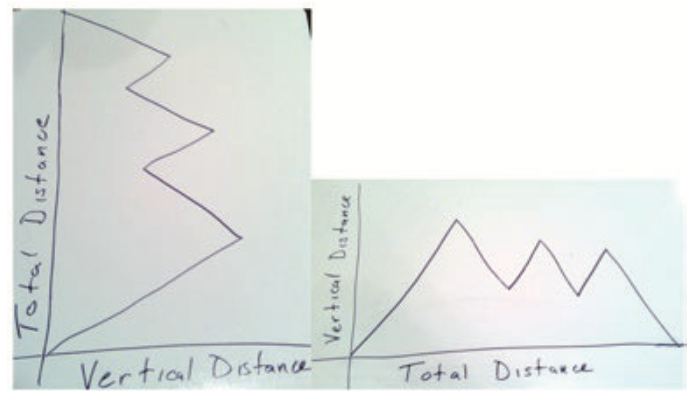oh, the constraints you'll experience
- Kevin C. Moore
- Mar 5, 2023
- 2 min read
Updated: Mar 9, 2023
Constraints. We persistently experience them in our research and work. Constraints with our time. Constraints with our resources. Constraints with the available methodologies and methods for our area of study. Constraints with the explanatory mechanisms or constructs we adopt. Constraints produced by our chosen theoretical perspective. Each unavoidable. Each limiting our work. But not all constraints need be limiting. Some constraints are catalysts for development that would not occur in their absence.

In the world of Radical Constructivism, constraints are unavoidable. In the teaching experiment methodology, constraints are not only welcomed, but also pursued. Without constraints, nothing is learned. It is through the pursuit of constraints that we find limitations in our work. It is through the pursuit of constraints that we test the viability of our work and create opportunities to improve it. Hypotheses are best tested by intentionally seeking out those things that upend them.
Two ways in which create constraints include:
(1) seeking to perturb our second-order models of students' mathematics (called the mathematics of students) and
(2) seeking to engender situations in which students experience constraints. Both are critical to developing, testing, and refining viable models of students' mathematics.
The latter is important in providing additional insights into students' reasoning, particularly that which they are consciously aware of. But, there is another critical reason for seeking to create constraints beyond developing viable models of students' mathematics.
The experience of constraints enables us to construct problems or issues with our mathematics. To be clear, the constraints, whether experienced by us or by students, are not problems of the students' mathematics. As it relates to (1), the constraints are about our mathematics, its coherence, its explanatory power, and our conscious awareness of the actions and operations driving our mathematics including that which we attribute to another individual. As it relates to (2), the constraints are also about our curricular approaches and content, its coherence, and the extent it provides a generative and empowering mathematical experience for students.
I cannot emphasize enough that second-order models of students' mathematics are personal constructs; they might be better called first-order mathematics constructed through intentional interactions with another for the purpose of constructing an other's mathematics. No matter how viable, sophisticated, or epistemic a model is, it is only a model that is idiosyncratic to the constructor. A model is constrained by the constructor's experience and knowing including their available mental actions and operations. And, as an always important reminder, a model is only as good as it proves to be explanatory and predictive when working with a student (or with students in the case of a collection of second-order models that have been generalized to an epistemic subject).
What does it mean to critically approach our work with students? It means working to engender constraints so that we can identify constraints in our own mathematics. Those constraints help us improve. They help us better reach our students, as illustrated via Hackenberg's Mathematical Caring Relations work. They help us humanize our students and ourselves. Without constraints, we are left attributing a dehumanized mathematics to our students.






